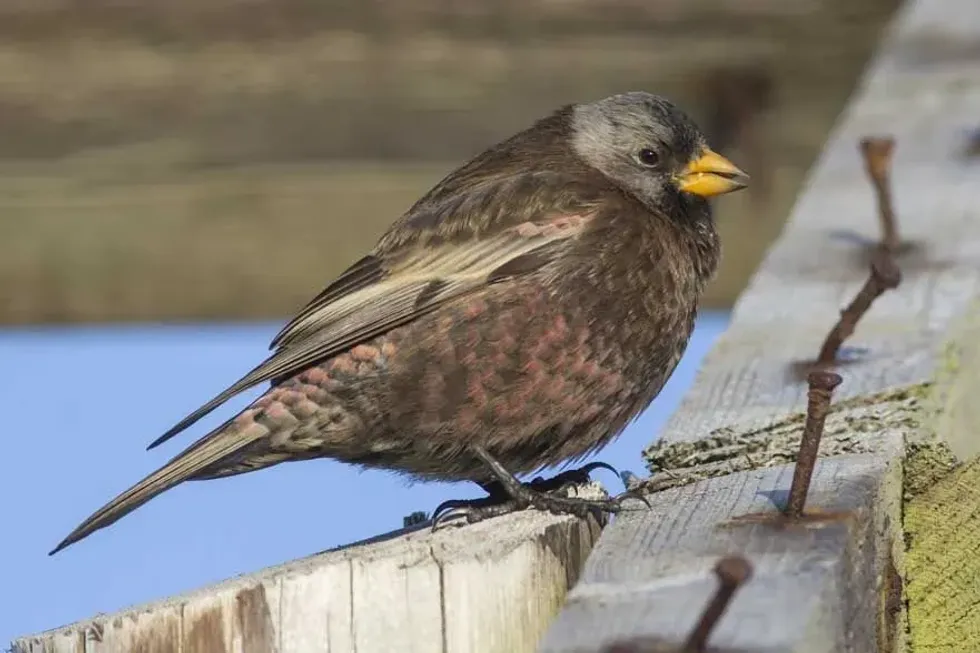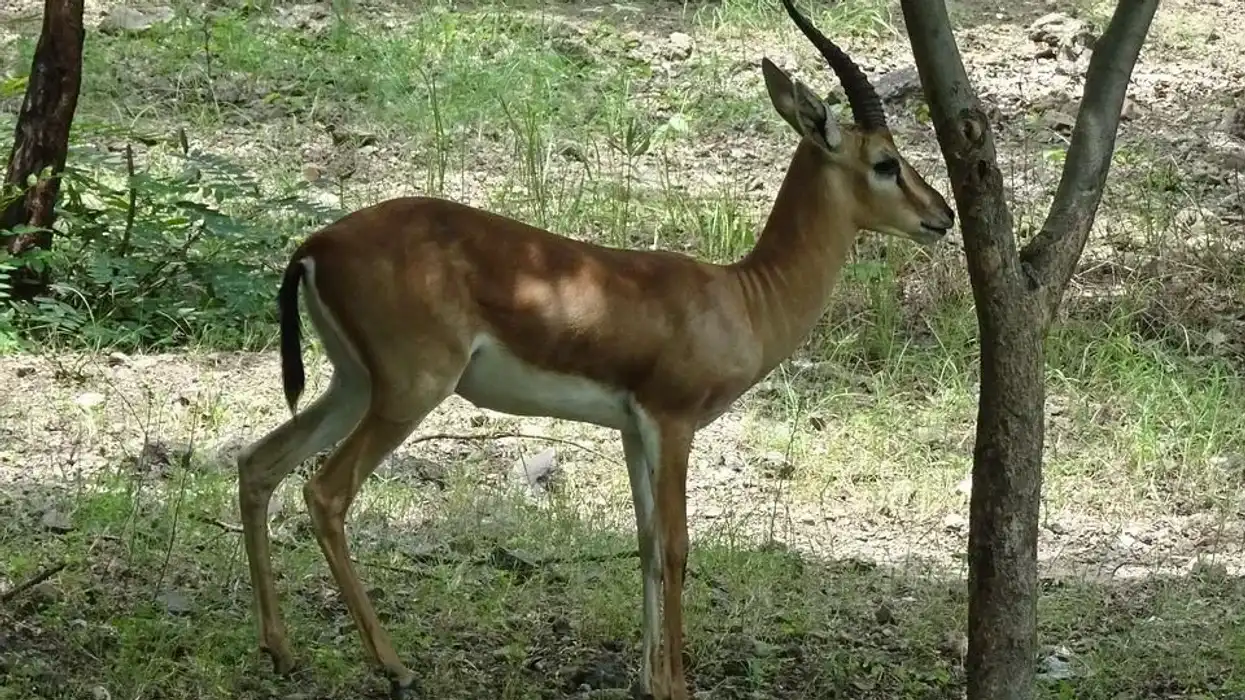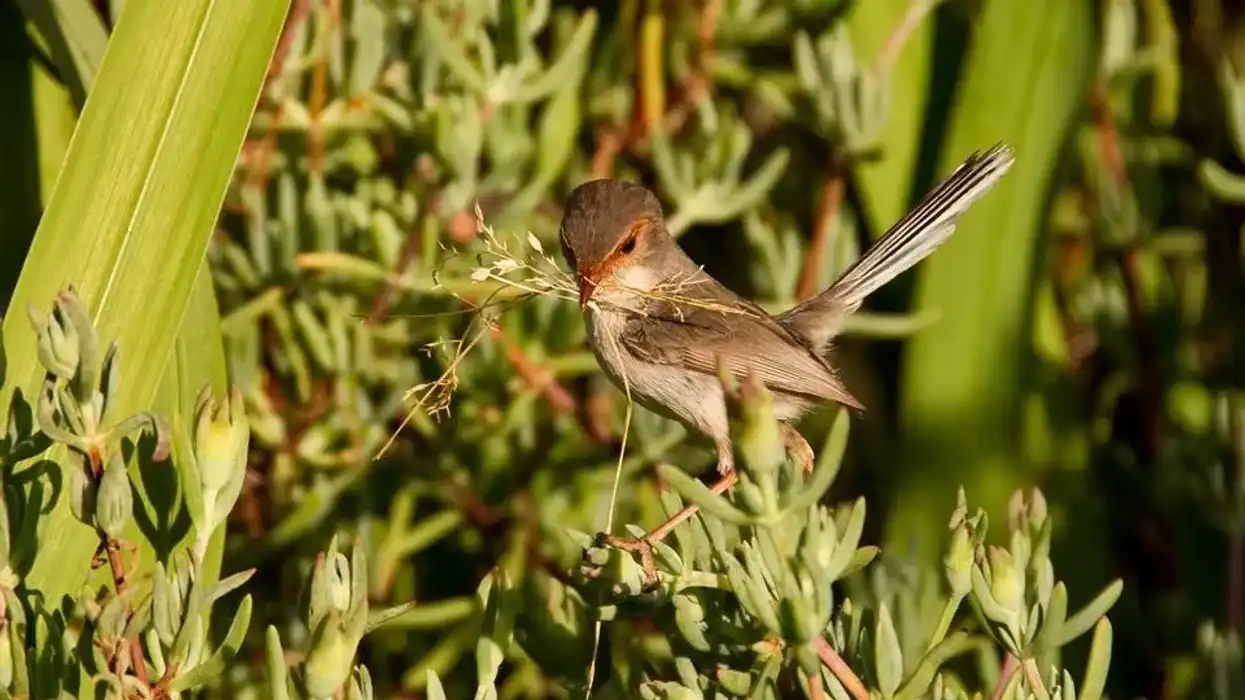Among the three species of rosy-finches, the gray-crowned rosy-finch (Leucosticte tephrocotis) of order Passeriformes, family Fringillidae are the most abundant and extensively distributed North American birds known for their climate resistance.
The brown-capped rosy-finch and the black rosy-finch also belong to the same family, due to which they share certain resemblances in appearance and behavior.
These birds can tolerate extremely cold winter nights, travel and move through blowing snow or high winds, and are popular as the higher-altitude breeding bird in North America. These finches prefer to dwell in the rocky islands, mountains, and valleys in the summertime while they remain at lower elevations during the transition from autumn to winter.
These birds are perhaps one of the hardiest birds of North America that breed in the highest possible altitudes.
Although the gray-crowned rosy-finch range is pretty widespread, humans have not been able to establish close contact with the bird or engage in detailed research.
If you enjoy the content on this bird, then don't forget to check out some more enthralling facts about the Gouldian finch and varied thrush.
Gray-Crowned Rosy-Finch Interesting Facts
What type of animal is a gray-crowned rosy-finch?
Categorized under the order Passeriformes, family Fringillidae, the gray-crowned rosy-finch (Leucosticte tephrocotis) is a finch species. It is a North-American songbird, like the hermit thrush.
What class of animal does a gray-crowned rosy-finch belong to?
The gray-crowned rosy-finch belongs to the class Aves.
How many gray-crowned rosy-finches are there in the world?
The global breeding adult population of the gray-crowned rosy-finch has been estimated at 200,000 as per the records of partners in flight. These birds are pretty abundant.
Where does a gray-crowned rosy-finch live?
These birds of North America can be located in several places, including British Columbia, Alberta, and Yukon. These sturdy birds dwell in high-altitude mountain ranges like the Rocky Mountains, whereas the breeding range is commonly found in islands such as the Aleutian, Bering Sea, and Pribilof Islands in Alaska.
They can also be traced in the western parts of the United States.
What is a gray-crowned rosy-finch's habitat?
These finches have an extensive habitat that includes grasslands, barren tundra, rocky islands, and alpine snowfields. High-altitude mountains, mountain valleys, and rocky Alaskan islands form their breeding habitat. These birds are also found wintering in open plains, valleys, and even towns. In the wintertime, the birds prefer to stay in lower elevations.
Who do gray-crowned rosy-finches live with?
The gray-crowned rosy-finches are extremely social birds, and during the harsh winter times, they normally migrate in large flocks. They are also known to mingle with the other members of the rosy-finch species while migrating. In the breeding season, these birds dwell in monogamous pairs.
How long does a gray-crowned rosy-finch live?
The life expectancy of the gray-crowned rosy-finches is from six to seven years. A female gray-crowned rosy-finch aged six years seven months is believed to be the oldest one. The bird was rereleased in Alaska following the banding operations.
How do they reproduce?
The breeding season kicks off with pair formation that takes place in late February or early March. The species is known to be monogamous. The males engage in singing songs of courtship and pursuing the females by chasing them.
After mating, the nests are constructed by the females in crevices or under rocks and boulders. The incubation period extends to 14 days.
The clutch size of the females consists of two to six eggs. After birth, both parents take to feeding the hatchlings for around 15 days after which they become self-sufficient, and they eventually leave the nest. Although the birds are known to feed on both seeds and insects, the hatchlings are primarily fed with insects.
What is their conservation status?
As per the records of the International Union for Conservation of Nature (IUCN) Red List, the conservation of the gray-crowned rosy-finch is considered to be of Least Concern. This is because these birds are plentiful within their geographical range, and they show a stable population trend.
Climate change affects their population. Their natural threats are blue foxes and white gyrfalcon.
Gray-Crowned Rosy-Finch Fun Facts
What do gray-crowned rosy-finches look like?
The gray-crowned rosy-finches are medium-sized birds with a shade of dark-brown running all over the plumage. They have brown irises. The males can be distinguished from their counterparts by their pink-shaded rump, belly, and wings.
They also possess brownish flanks and breast, white-colored nasal tufts along with a black forecrown. During the breeding period, the yellow bills turn black.
These features are distinguishing factors that set the otherwise similar-looking genders apart. However, these shades might vary depending upon the geographical habitat. These birds have a wingspan of about 13 in (33 cm).
How cute are they?
Birds are beautiful creations of nature, and the gray-crowned rosy-finch species is no exception. Although these birds draw some resemblance to the sparrows, they are unique in their own way.
How do they communicate?
Quite similar to the other bird species, the gray-crowned rosy-finches communicate through vocalizations that include a variety of calls such as flight calls, distress calls, and alarm calls. These birds also interact by using their body language. Calls include pee, chirps, whimper, squawk, chew, and some other conspicuous sounds.
How big is a gray-crowned rosy-finch?
The length of the gray-crowned rosy-finches measures in the range of 5.5-8.3 in (14-21 cm). They are smaller than the hawfinches but larger than the pine siskins with an approximate length of 4.3-5.5 in (11-14 cm).
How fast can a gray-crowned rosy-finch fly?
The maximum speed range of the species has not been recorded and is yet a mystery. However, the species engage in swift flights.
How much does a gray-crowned rosy-finch weigh?
The range of weight of the finch species spans around 0.8-2.1 oz (22-60 g) irrespective of gender.
What are the male and female names of the species?
Just like any other bird species, the male and female members of the species are regarded as a cock and hen, respectively.
What would you call a baby gray-crowned rosy-finch?
Babies of birds are generally referred to as hatchlings, nestlings, or even chicks.
What do they eat?
The species is known to feed and thrive on seeds and insects like cutworms and crane flies (mainly during the breeding period). Seeds like the whitlow grass, spring beauty, bear grass, and willow weed, which form a major part of their diet, are commonly eaten up by these finches. Sometimes the rosy-finches consume snow crystals too.
Are they dangerous?
Generally, the gray-crowned rosy-finches are not very aggressive birds. They can sometimes be traced in gardens and can even feed on seeds offered by human beings. However, humans prone to allergic reactions might face problems while interacting with these birds.
Would they make a good pet?
The species is available across several specialized pet shops as it might prove to be a good pet. However, these North American birds are suited to the wilderness and must not be removed from their natural habitat or encaged.
Did you know...
The high-altitude dwelling and breeding bird in North America are famously called 'roselin à tête grise' in French, while the Spanish regard the species as 'pinzón montano nuquigrís.'
The species often take a dip in water to clean themselves. The bird also engages enthusiastically in preening.
If you go vacationing near the Pacific Northwest coast, you might trace a beautiful Hepburn's gray-crowned rosy-finch!
Where to see gray-crowned rosy-finches in the US
These rosy-finches can be spotted from several states in the United States. Firstly, they can be easily located in western Canada (especially British Columbia and Yukon).
Additionally, these birds are commonly seen in northern California, Washington, Montana, Oregon, northern Utah, western Nevada, and parts of central Mexico. For instance, the ideal place to witness these birds would be near the open snowfields in Crater Lake.
How are gray-crowned rosy-finches affected by climate change?
The gray-crowned rosy-finches are vulnerable to climate change and the destruction of habitat. Although these birds are extremely sturdy and can adjust to harsh winter climates, their populations have the potential to be highly impacted by the drastic changes in climate due to unchecked human activities.
Large-scale deforestation and clearing of lands resultant in diminishing forest covers would severely impact their survival.
Here at Kidadl, we have carefully created lots of interesting family-friendly animal facts for everyone to discover! Learn more about some other birds from our black-capped gnatcatcher facts and tanager facts pages.
You can even occupy yourself at home by coloring in one of our free printable gray-crowned rosy-finch coloring pages.










